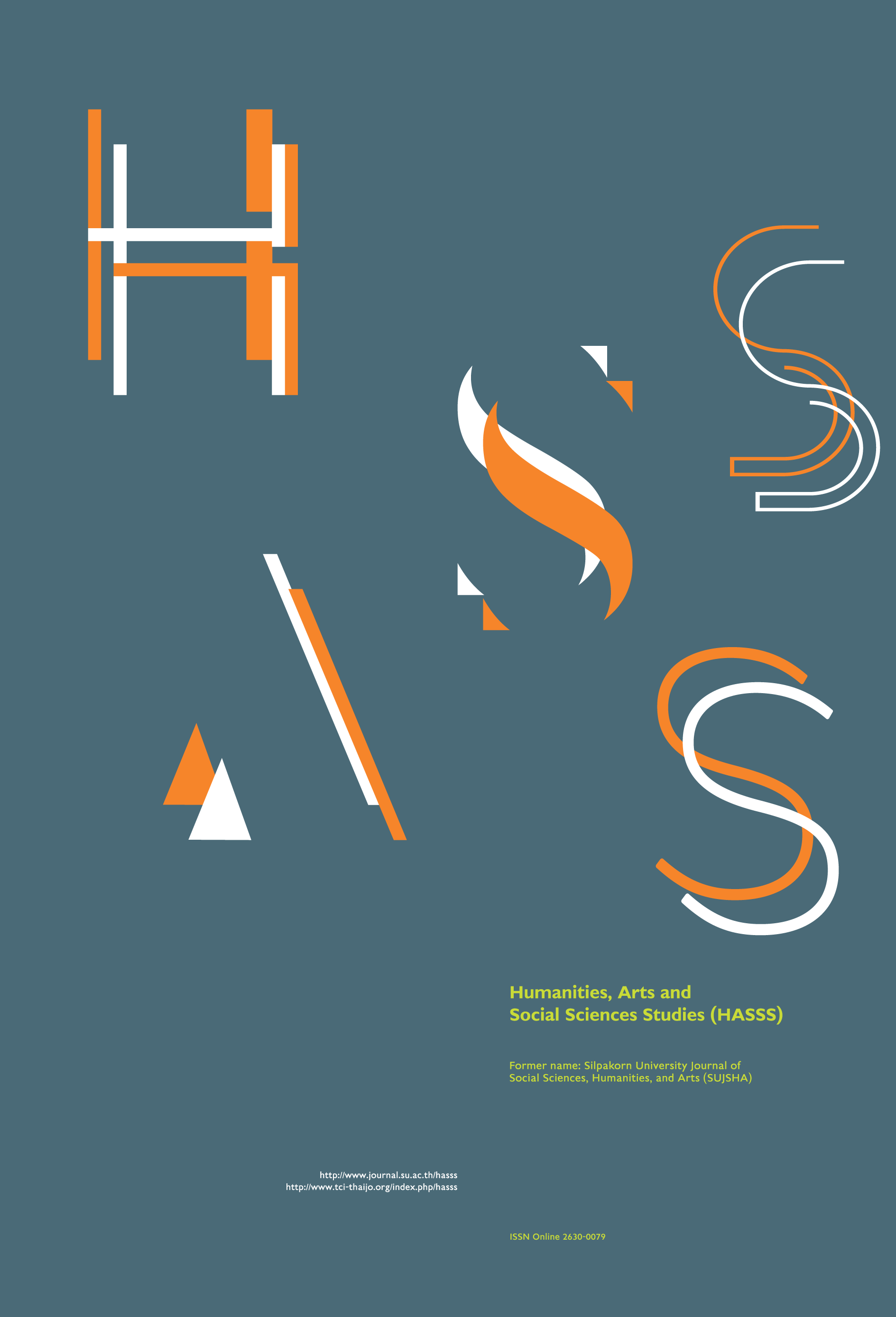Public history as a university discipline: its background, content and value
Main Article Content
Abstract
Public history as a university discipline has expanded exponentially, especially in the United States, ever since its inception in the 1970s. Only in the last three decades, however, has it slowly but surely become an international phenomenon, albeit with structural modifications. Not every university offers a public history major, but it does exist as an area of concentration in many, more general bachelor’s and master’s programs. Apart from these numerous courses, there has been a surge of national and international associations, journals and conferences dealing with issues of public history as a field of research and an academic subject. Their focus, content-wise, is on the presentation of history to a broader, non-specialist public. In Germany, specifically the degree program at the Freie Universität Berlin (FU) presented in this essay, instruction is based on two pillars: practical exercises in the design and implementation of public history products, and specialized seminars on the development and application of theoretical models of analysis developed by the participants themselves. Apart from being taught historical and didactic methods, students will discuss questions of historical learning. The public history major at the Freie Universität is unique in its being a full Master of Arts program as well as in its cooperation with numerous places and institutions of public history in Greater Berlin and beyond. These include museums, memorial sites, publishing houses, media agencies and even government ministries, and entail the joint implementation of practical projects and seminars. Some outstanding examples will be highlighted following a brief introduction to the underlying idea and structure of the degree program.
Downloads
Article Details
All rights reserved. Apart from citations for the purposes of research, private study, or criticism and review,no part of this publication may be reproduced, stored or transmitted in any other form without prior written permission by the publisher.
References
Ashton, P. and Kean, H. (2009). People and their Pasts: Public History Today. Basingstoke: Palgrave Macmillan.
Ashton, P. and Trapeznik, A. (2019). What is Public History Globally? Working with the Past in the Present. London: Bloomsbury.
BMI. (2017). Kontinuitäten, Brüche, Neuanfang. Umgang mit dem Nationalsozialismus in den beiden deutschen Innenministerien 1949-1970. [Online URL: http://ausstellung.geschichte-innenministerien.de] accessed on July 30, 2021.
Brauer, J. and Lücke, M. (2020). Emotion. In The Routledge Handbook of Reenactment Studies: Key Terms in the Field, edited by V. Agnew, J. Lamb and J. Toman, pp. 53-56. Abingdon: Routledge.
Cauvin, T. (2016). Public History: A Textbook of Practice. New York: Routledge.
Charles, C. C. (1994). Public history: what difference has it made? Public Historian 16(4): 9-35.
De Groot, J. (2009). Consuming History: Historians and Heritage in Contemporary Popular Culture. London: Routledge.
GHWK. (2019). Stumme Zeugnisse 1939. Der deutsche Überfall auf Polen in Bildern und Dokumenten [Online URL: https://onlinesammlungen.ghwk.de/stummezeugnisse] accessed on July 30, 2021.
Kudamm 31. (2013). Eine unerhörte Geschichte. Audiowalk auf den Spuren eines Pogroms. [Online URL: https://kudamm31.wordpress.com/] accessed on July 30, 2021.
Lindqvist, S. (1979). Dig where you stand. Oral History 7(2):24-30.
Lücke, M. and Zündorf, I. (2018). Einführung in die Public History (“UTB Einführungen” series, vol. 4909), Göttingen: Vandenhoeck and Ruprecht.
Lücke, M., Tibbits, F., Engel, E. and Fenner, L. (2016). CHANGE: Handbook for History Learning and Human Rights Education: For Educators in Formal, Non-Formal and Higher Education. Auflage Schwalbach: Wochenschau Verlag.
Lyon, C. M., Nix, E. M. and Shrum, R. K. (2017). Introduction to Public History: Interpreting the Past, Engaging Audiences. Lanham: Rowman and Littlefield.
Meringolo, D. (2012). Museums, Monuments, and National Parks: Toward a New Genealogy of Public History. Amherst: University of Massachusetts Press.
NCPH. (2007). Code of Ethics and Professional Conduct. [Online URL: https://ncph.org/about/governance-committees/code-of-ethics-and-professional-conduct/] accessed on July 30, 2021.
Noiret, S. and Cauvin T. (2017). Internationalizing public history. In The Oxford Handbook of Public History, edited by J. B. Gardner and P. Hamilton, pp. 25-43. Oxford: University Press.
Rothfels, H. (1953). Zeitgeschichte als Aufgabe. Vierteljahrshefte für Zeitgeschichte 1: 1-8.
Sabrow, M., Jessen, R. and Große Kracht, K. (eds.) (2002). Zeitgeschichte als Streitgeschichte. Große Kontroversen seit 1945. Munich: Beck Verlag.
Sayer, F. (2019). Public History: A Practical Guide. London: Bloomsbury.
Strasse, M. (2016). Die Mainzer Straße in Berlin-Friedrichshain von 1894 bis Heute. [Online URL: https://mainzerstrasse.berlin/index.html] accessed on July 30, 2021.
Zumhof, T. (2020). Historical culture, public history, and education in Germany and the United States of America: a comparative introduction to basic concepts and fields of research. In Show, Don’t Tell: Education and Historical Representations on Stage and Screen in Germany and the USA, edited by T. Zumhof and N. K. Johnson, pp. 15-30. Bad Heilbrunn: Verlag Julius Klinkhardt.
Zündorf, I. (2017). Contemporary History and Public History. [Online URL: http://docupedia.de/zg/zuendorf_public_history_v2_en_2017] accessed on March 16, 2017.


